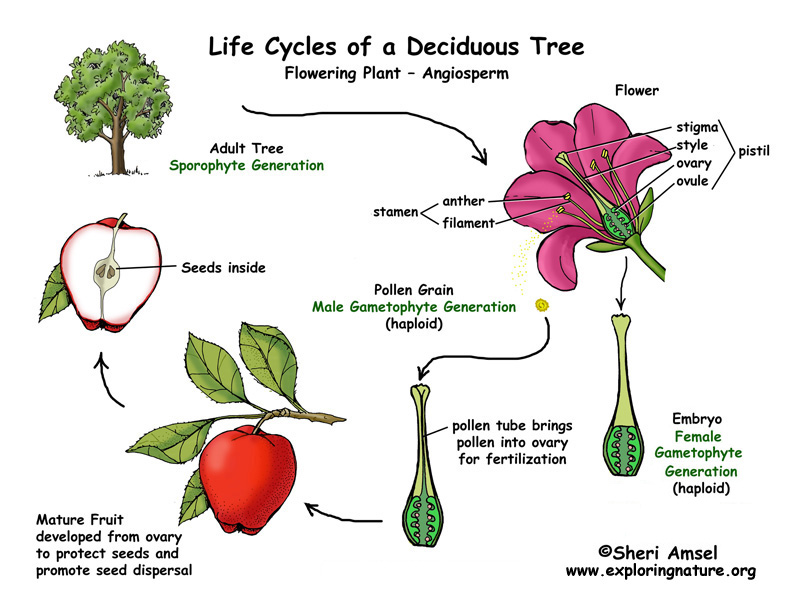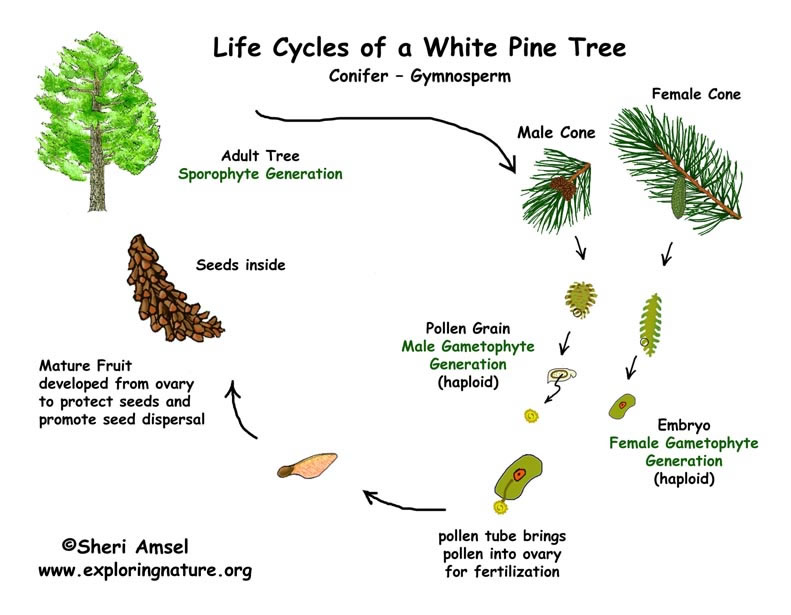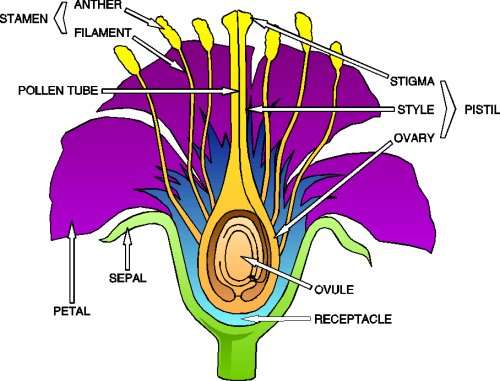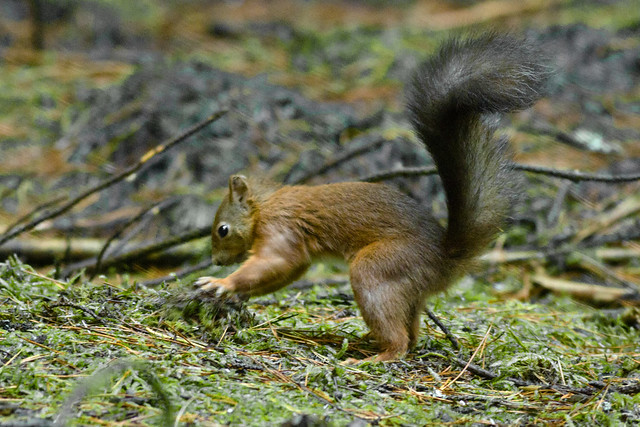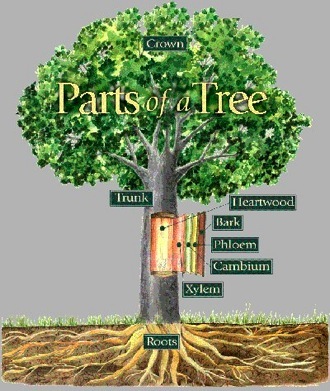In May, 2014, I attended a Caribbean Festival in downtown Atlanta with my parents. While at the festival, I encountered a Rastafarian man whose hair was so long that it touched the ground. I became immediately curious to find out about his hair It seemed that hair this long would prevent him from doing many activities like playing sports. Also, his hair was so thick that it seemed to be very heavy to carry, and I wondered if he was experiencing neck and back pain from the weight of his hair. I wondered what would make someone want to grow their hair this long, so I decided to research. I wanted to know what does his hair symbolize. Once I had the answer, I decided to do additional research to find out about the symbolism of hair in other societies. This research has led me to writing this blog about hair. This may be seen as an odd topic,; however, I hope you enjoy reading my blog as much as I did writing about the symbolism of hair.
Hair and Religion
Hair has had an importance
in religion for centuries. Jesus, Moses,
Buddha and Shiva are spiritual prophets who wore long hair. One of the most popular biblical stories is
about the strong and mighty Samson, who became powerless when his hair was
treacherously cut by Delilah. The story
of Samson in the book of Judges 13-16 tells of the sacred oath he takes of
never shaving or cutting his hair and in return he will acquire an
extraordinary strength from God. Samson’s
great heroic deeds of killing a lion and thousand of Philistines with only the
jawbone of an ass is all because of uncut hair.
Sikhs, Hassidic Jews, Buddhist Monks and Rastafarians
are all influenced by religion in the treatment of their hair.
 |
Above is a picture of Delilah cutting off the hair of Samson.
Credit: http://i292.photobucket.com/albums/mm27/iam733_photos/5DSAMSONGETSHAIRCUT.jpg |
Sikhs are followers of the Sikhism religion which is the fifth largest religion in the world. There are approximately 25 million Sikhs living in the world and nearly half a million living in the United States. This religion has only been in existence for almost 500 years and originated in the northern part of ancient Punjab that is currently known as Pakistan. Sikhs believe hair is a gift from god; therefore, no one should give it away by cutting it. Hair is one of their five articles of faith and is a symbol of love for God and respect for everything. Sikhs do not use a razor or any devices on their body from the time of birth. To keep their hair clean and neat, they roll their hair on top of their heads and cover it with a turban.
Hassidic Jewish men have ringlets, side curls or “Payos” and beards. In the Torah, the commandment in Leviticus 19:27 states, “Do not cut the hair on the corners of your head, Do not cut the corners of your beard.” As a result, Hassidic Jews do not cut their sideburn hairs and leave them long enough to either curl, wrap behind their ears or tie behind their heads.
Rastafarianism is a very new religion which began in 1930 in Jamaica. Rastafarians are easily recognized by the way they style their hair into dreadlocks. Rastafarians consider their bodies to be temples of God. They believe they should let their hair grow long and not comb, not cut nor taint it with anything unnatural. Rastafarians believe wearing deadlocks is spiritual, and it is justified in the Bible in the book of Leviticus 21:5 which states, ”They shall not make baldness upon their head.”
 |
Above is a picture of an old Rastafarian with dreadlocks.
Credit: http:brutal-dreadlocks.com/abput-dreadlocks |
Both men and women traditionally have the hair cut or removed when entering a monastery or covenant. The haircuts symbolize religious devotion, group identity, humility, and personal vanity. The practice may relate to ancient rites in which people of various cultures offered their hair as a religious sacrifice. Monks and nuns take a vow of celibacy, abstaining from marriage, and hair has been related to eroticism and sexuality and attracting a partner of the opposite gender. Historians say the monastic hair styles refer to the ancient custom of shaving male’s heads. Monks cut their hair and refer to themselves as “Slaves of Christ”.
 |
Above is a picture of a group of nuns.
Credit: http://blogs.telegraph.co.uk/news/danielhannan/100236246/so-would-nuns-be-allowed-to-wear-hijabs/ |
Buddhist Monks:
Buddhist Monks believe in Buddha, a sage on whose teachings founded Buddhism. Buddhist monks completely shave their head showing their commitment to the Holy Life and Buddha. A bhikkhu, a male Buddhist monk, should not allow his hair to grow past a certain length, so he shaves his hair at least once a month or more frequently. Bhikkhus are not permitted dye or pluck any of their grey hair, so it can be a reminder of old age and a mark of existence in Buddhism.
 |
Above is a picture of Buddhist monks in Thailand praying to Buddha.
Credit: http://www.chinadaily.com.cn/photo/2013-01/10/content_16102272.htm |
Hair and Ancient Cultures
Ancient
Egyptians: (3150 BC – 332 BC)
In the early years of Egyptian civilization, men sported full beards and grew from the hair on their head. Kings would braid their beards and dust it with gold powder. During the start of the Dynastic period, when Upper and Lower Egypt became unified, men began to shave their beards and hair. Men began to remove the hair from their heads, faces and bodies. Hair became a sign of a man’s animalistic tendencies, so they became civilized and started to remove their hair. To appear unshaven was a mark of low social status. Wealthy Egyptian men often hired full-time barbers to follow them, to maintain the look of clean shaven and smooth face every day. Poorer Egyptians daily visited their local barber. Egyptian priests daily shaved their bodies as a ritual cleansing, and they also shaved their eyebrows and eyelashes. Kings were shaved with jewel-encrusted razors. When the king died, he was often buried with a barber and his razor, so he can continue to get his daily shaves on the afterlife. Even though the Egyptians avoided beards, they still saw the beard as a sign of divinity and power. Kings were depicted sporting beards, but instead of embracing the full on, natural beard, kings wore a small fake goatee called the “orsid” or “the divine beard”. The orsid or the divine beard was made out of precious metals, such as gold or silver, and was worn during religious rites or celebrations. While living, the king’s orsid was straight. When he died, an upward pointed curl was added in the end, symbolizing the pharaoh had become a god.
 |
Above is a picture of King Tut's sarcophagus. Notice the orsid is curved, not straight. The curved orsid symbolizes he pharaoh has become a god.
Credit: http://nymag.com/daily/intelligencer/2014/10/digital-autopsy-shows-king-tut-was-really-ugly.html |
Ancient Greeks: (1000 BC- 126 BC)
A beard was a sign of virility, manhood, and wisdom. When a Greek boy started to grow his whiskers, it was custom to dedicate the young man’s first beard to Apollo, the Greek sun god, in a religious ritual. Greek boys were not allowed to shave the head on their head until their beards grew. A Greek man would cut his hair in times of grief and mourning. If the blade were not available he would rip his beard out with his bare hands, or burn it with fire. When a man dies, his relatives would often hang his trimmings of his beard on the door. Cutting another man’s beard off was a serious offense and was punishable by a fine or even jail time. Being de-bearded was considered disgraceful, and thus the Greeks used it as a form of punishment. The Spartans would cut off half a man’s beard, when he showed cowardice in battle.
 |
Above is a picture of the head of a statue that depicts the famous Greek philosopher, Socrates.
Credit: https://frivolousendeavour.wordpress.com/tag/alexander-the-great/ |
Ancient Romans: (27 BC - 393 AD)
To distinguish themselves from their Greek cousins, the Romans were clean shaven people. A young man’s shave was an important event in his life and was ritualized in an elaborate ceremony. Young men would keep growing their peach full until the age of maturity. On their birthday, they would shave their beard while their friends and family watched. Their whiskers would then be placed in a special box and be presented to the Roman deity (god or goddess). Young men would rub their faces with olive oil throughout their teenage years hoping it would grow a nice thick beard for their ceremonial first shave.
 |
Above is a picture a sculpture depicting a clean-shaven Julius Caesar.
Credit: http://meappropriatestyle.com/tag/ancient-romans/ |
Ancient Mesopotamians: (10,000 BC - 651 AD)
Mesopotamia was an ancient region in the Eastern Mediterranean, which is now modern Iraq and parts of Iran, Syria, and Turkey. Mesopotamia was a collection of various cultures and societies, which only shared their scripts, gods, and views toward women. The Mesopotamians inhabited Mesopotamians. The Mesopotamians lived between the Tigris and Euphrates rivers. They devoted a lot of time and attention towards their beards. The Mesopotamians grew long, thick, luxurious beards, and upper-class men dyed their beards with henna, a flowering plant used to dye and color hair and powered them with gold dust. Ribbons and thread were also woven through out their hair. A prominent feature in Mesopotamians beards were how artfully curled they were. Men would spend hours curling the end of their beards into tiny locks and arranged in three hanging tiers. The higher up you were in society and hierarchy, the longer and more elaborate the beard was. The Mesopotamian men had an elaborate hairstyle system that signified the work or occupation of the man. Doctors, lawyers, priests, and even slaves had their distinctive haircuts.
 |
Above is a map of Mesopotamia located in the Middle East.
Credit: http://www.bownet.org/draynard/map_of_ancient_mesopotamia.htm
|
Hair and Modern Cultures
Known for their expert tracking and scouting ability Native Americans believe that they possess a Sixth Sense. During the Vietnam War, Native Americans were chosen because of their ability to track. After they were recruited their ability to track disappeared. The test was conducted to find out why, and the recruits said that after undergoing a military haircut they lost their ability to sense the enemy. More Native Americans were hired and allowed to keep their hair long, and these recruits performed skillfully.
 |
Above is a picture of a Native American tracker for the US military.
Credit: http://www.wisdompills.com/2014/02/20/the-truth-about-hair-why-the-first-nations-kept-their-hair-long/ |
Navajo Indians is a Native American tribe which can be found in Utah, Colorado, New Mexico and Arizona. Thousands of years ago they came to America across through Canada by crossing the Bering Strait. They have kept their ancient beliefs, rites and traditions. They believe that hair has a profound signification and that thoughts begin in the head travel along with the hair. They also believe that new thoughts are close to the scalp, and the old theory are at the end of the longest strands of hair. They believe the more thoughts one has, the longer will be the hair.
 |
Above is picture of a painting of a Navajo Indian.
Credit: http://thehistoryofthehairsworld.com/hair_mythology.html |
The Masai tribe from Kenya, Africa only allows their warriors to wear long hair. The women and must shave their heads, and the young men are only allowed to grow their hair between periodic initiatory shavings. The warriors spend hours styling and grooming each other’s hair by forming tiny braided strands and mixing in ashes, clay, animal fat and coloring it with ochre. For these warriors their hair is a symbol of the African lion’s strength, masculine beauty and a representation of confidence and pride.
 |
Above is a picture of of Masai warriors and their braided colored hair.
Credit: http://www.thefashionhistorian.com/2011/04/maasai.html |
The Mwila is a group of semi-nomadic people living in southern Angola. In the Mwila culture, hair has a crucial meaning to women. Their hairstyles are a meaningful part of their culture. Women coat their hair with a red paste which is made of crushed stone. They also add crushed tree bark, dried cow dung, herbs and oils to their hair. They also decorate hair hairstyle with beads and dried food. They shave their forehead because it is considered a sign of beauty. They have plaits that look like dreadlocks that are called nontombi. Women and girls have four or six nontombi, but if someone has died in the family, they will have 3.
 |
Above is a picture taken from behind of a Mwila woman's hair.
Credit: http://roxiemorgan.blogspot.com/2012/10/tribal-hairstyles.html |
In the 1960s, the Civil Rights Movements brought in a new era of racial consciousness among black Americans. African Americans began to believe that allowing heir hair to grow naturally without chemical alteration signified their acceptance of their ethnic identities and the acceptance of themselves. The Afro became a symbol of political defiance and a symbol that they were ready to change the way they were treated in society.
 |
Above is a picture taken in the 60's of a man and woman with afros.
Credit: http://naturallychique.wordpress.com/2011/10/26/natural-hair-passing-fad-or-here-to-stay/ |
In summary, what I have learned from my research is that hair symbolizes, physical strength, instinct, physical attraction, freedom, magical power, and religion. I have enjoyed writing this blog and I hope that you have learned a lot about the symbolism
of hair in various societies.
Credits:
http://sikhism.about.com/od/sikhism101/tp/Sikhism_for_Beginners.htm
http://www.bbc.co.uk/religion/religions/rastafari/customs/customs_1.shtml





















